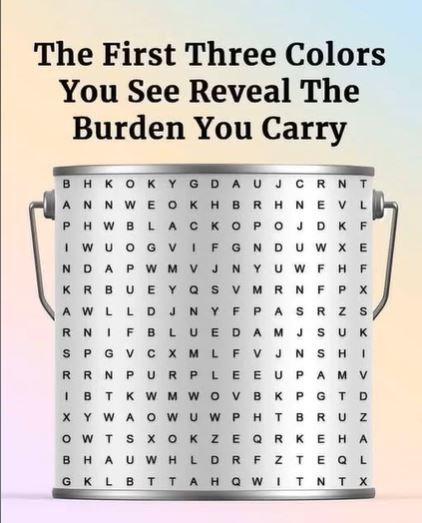Colors speak a secret language one that reflects our emotions, memories, and even hidden struggles. The first three colors that catch your eye may point to what you’re carrying deep inside. Emotion & Meaning Red: can symbolize passion, love, or intense conflict, Blue often reflects sadness, serenity, or a longing for calm, Purple represents transformation, spiritual growth, or deep change. Why Color Affects Us Colors are tied to memory and emotion, influencing us on a subconscious level. Our brains respond instantly to certain hues, sparking feelings before we even realize it.
Over time, these responses are shaped by both biology and personal experience. Cultural Shifts in Color Meaning Color significance also depends on culture. White may mean purity in the West, but mourning in parts of the East. Red is considered lucky in China, yet signals danger in many Western contexts. Using Color for Self-Discovery Pay attention to which colors draw you in. Ask yourself why does that shade make you feel comforted, energized, or uneasy?
Journaling, creating art, or even working with a therapist can help you explore what these emotional connections reveal. The Science & Healing of Color Colors can alter mood, affect hormone production, and even support healing. Practices like mindfulness can amplify these effects, and emerging AI-based therapies are now experimenting with color to improve mental well-being.
Roots of Color Response Our connection to color starts in infancy, shaped by both genetics and life experiences including trauma. Some colors can soothe us, while others trigger stress, depending on our personal history. In short, the colors you’re drawn to aren’t random they’re a mirror, reflecting your inner state and guiding you toward understanding and healing.
